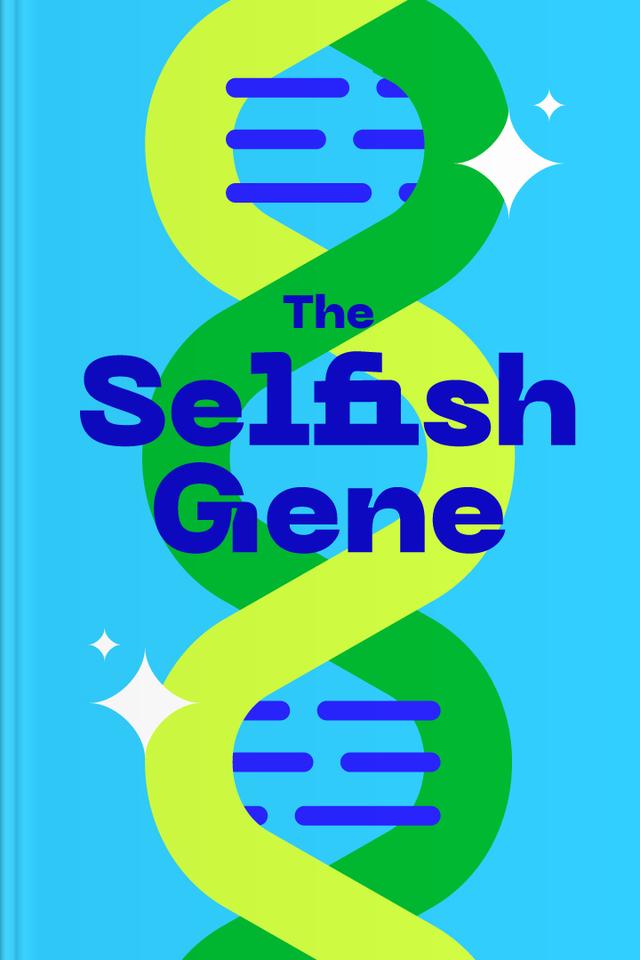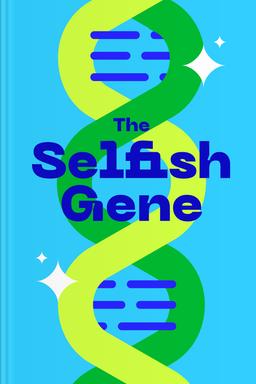You’ll learn
- How people and other species can exist
- The reason why people act the way they do
- The mystery behind reproduction
- The theory behind selfishness
russia has launched a full-scale war in Ukraine. Donate to support Ukraine and protect the world’s peace.

first KEY POINT
Before Darwin’s contributions, religion had unsuccessfully tried to explain the origin of man, but no one could do so effectively. Even though Darwin was not the first person to come up with the idea of evolution, he was the first person to bring forward scientific and empirical evidence. His studies show that every species has been able to survive because nature has placed them where they can easily survive.The survival of the individual organism is a natural selection that makes it easy for organisms to thrive.He also mentioned that individuals are created with individual traits. Those traits help them stay alive long enough to reproduce and pass on the traits to their offspring.The environment does not produce a variation that supports survival. Nature is the determinant of the survival of anything. This theory magnifies Darwin’s assertion that nature is survival of the fittest.
Darwin also explains how the gene works and how the gene is responsible for evolution. Gene accounts for natural selection, and what people term “selfishness.” He believes that selfishness is not the right way to describe certain actions from individuals. According to him, the gene, and not selfishness or altruism is the reason a mother will protect her children because they share the same genes and DNA.
second KEY POINT
Scientists can only come up with a theory on how biological life on earth started, they cannot fully account for how the universe came to be. They believe that the majority of evidence and data they have points to the fact that chemical processes facilitated the production of organic molecules. Dawkins provides a very clear and plausible picture of how this might have happened. He imagines that a molecule learned how to replicate itself, even though it sometimes makes mistakes — known as mutations. This led to variation in the replicas that eventually became the blocks through which biological life is built in the form of DNA.The first replicas learned how to protect themselves by successfully building survival machines/ techniques to keep them safe.These machines/techniques are the bodies of organisms. As explained by Dawkins, organic bodies are like programmed codes meant to run in a computer. Bodies are programmed by genes in the same manner robots are programmed by humans. Organisms act a certain way because of the instructions issued to them by the gene (replicators).The replicator provides the sole meaning of an organism’s existence — quite simply, the replicator makes it possible for genes to reproduce themselves down through the generations.Even though life varies across the world, every organism present in each individual is made with the same molecules

Continue reading with Headway app
Continue readingfirst KEY POINT
second KEY POINT
third KEY POINT
fourth KEY POINT
fifth KEY POINT
sixth KEY POINT
seventh KEY POINT
eighth KEY POINT